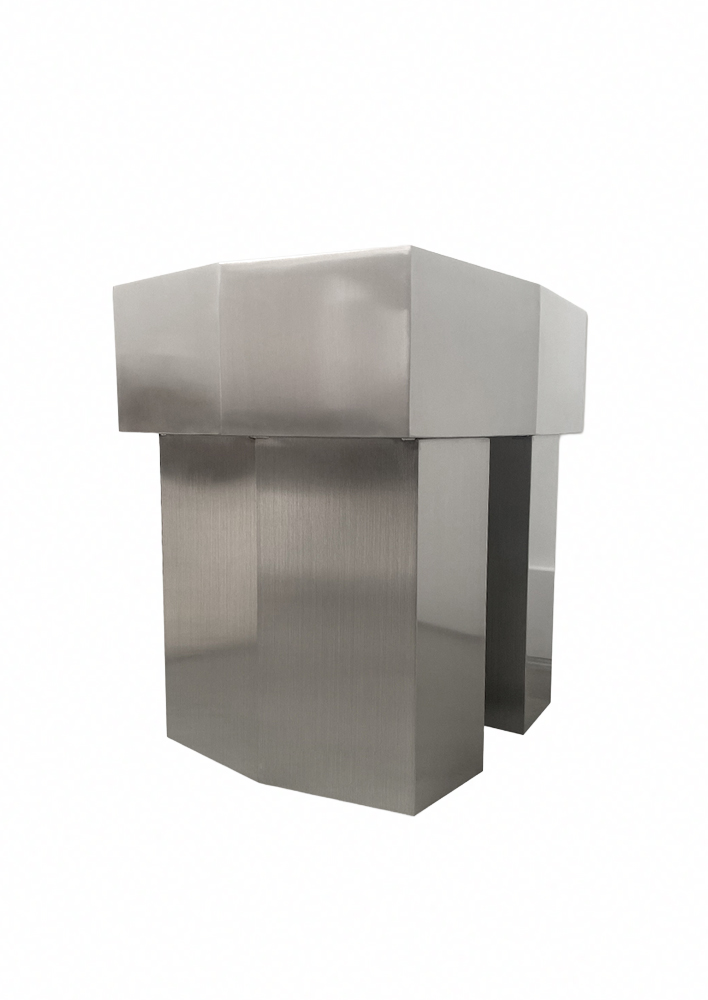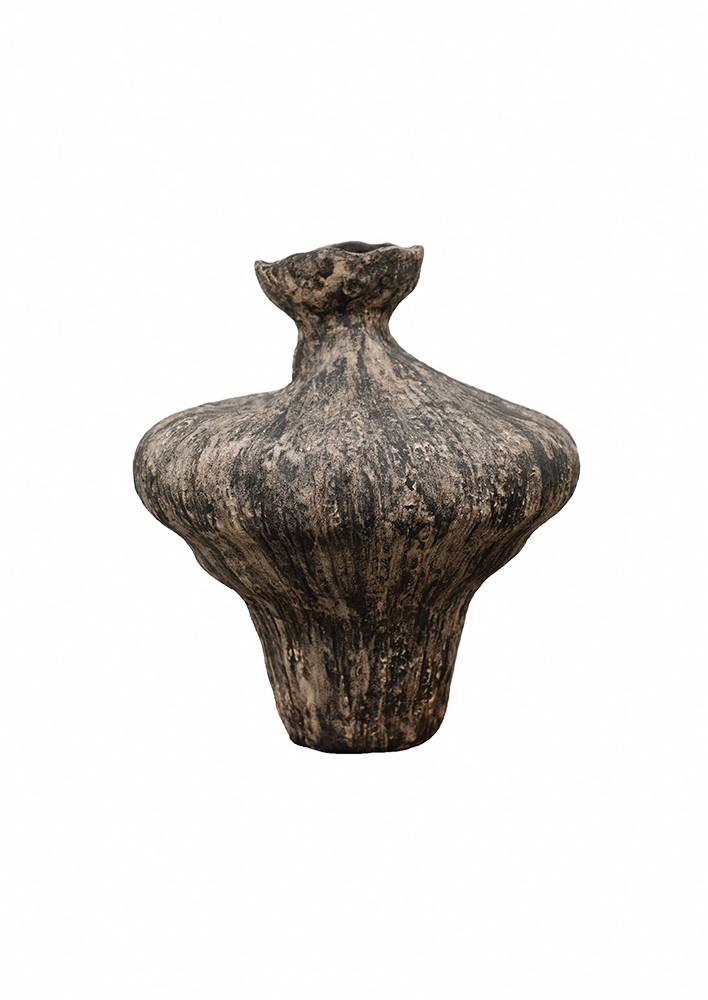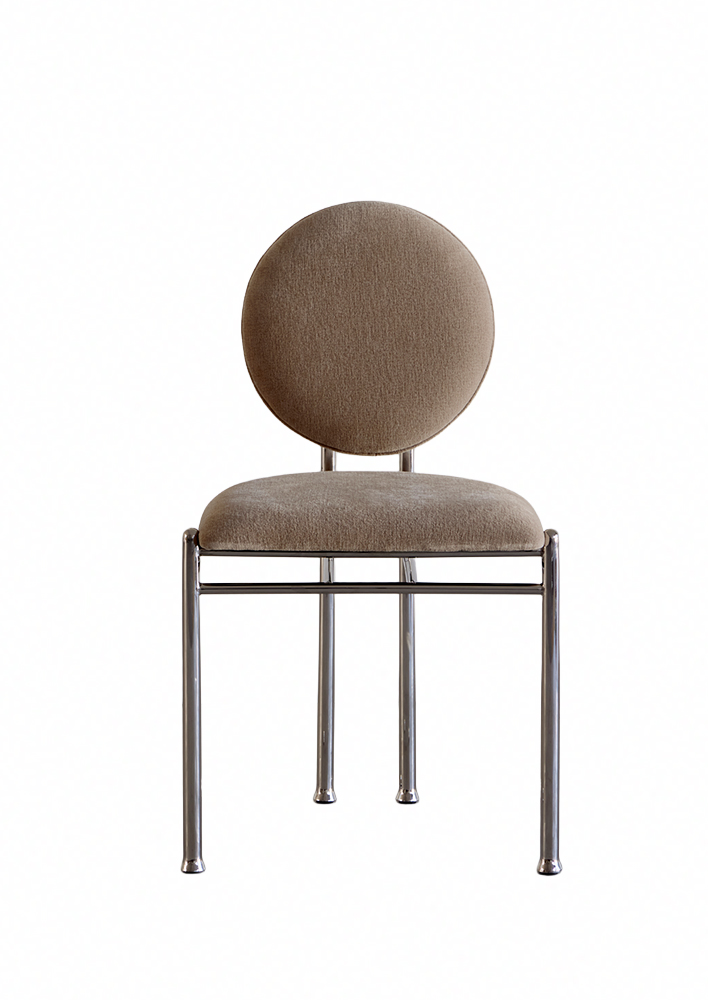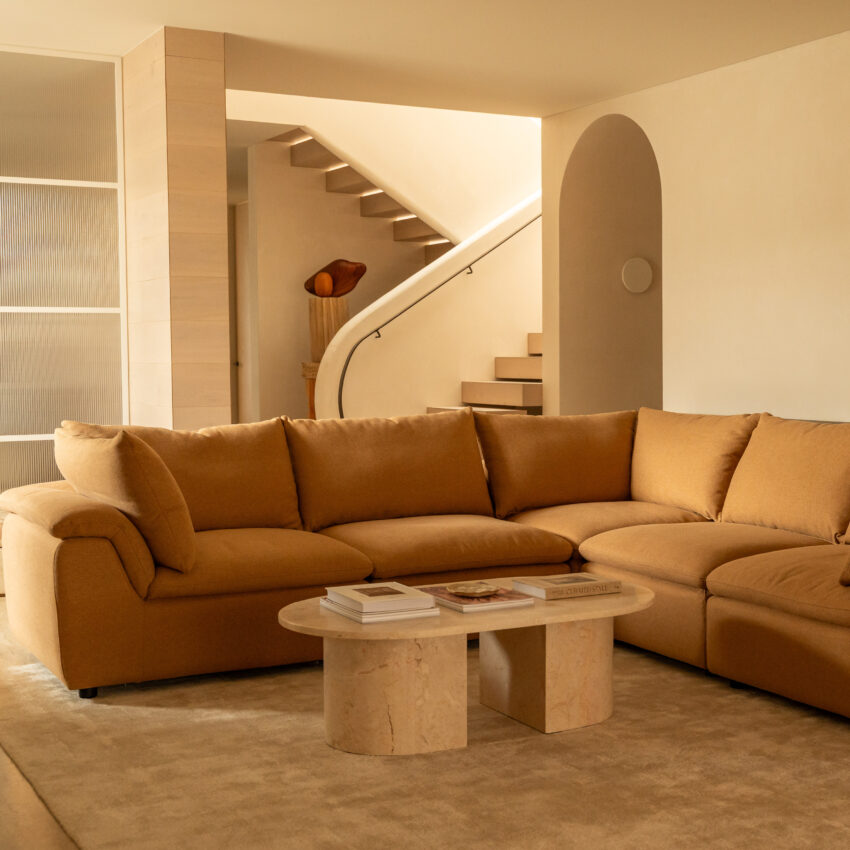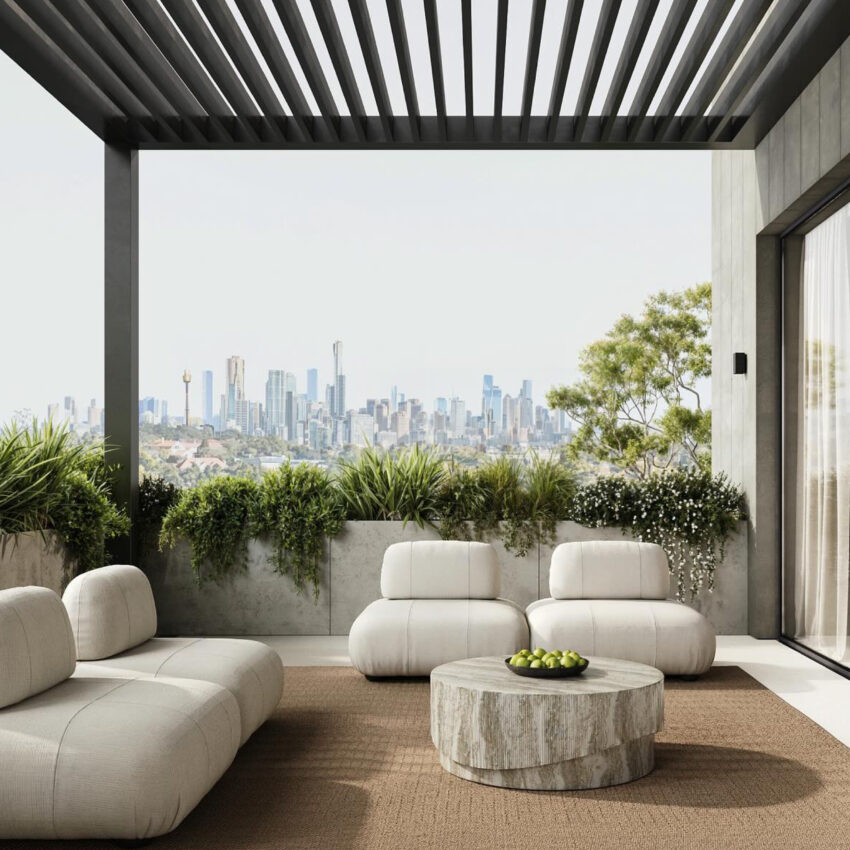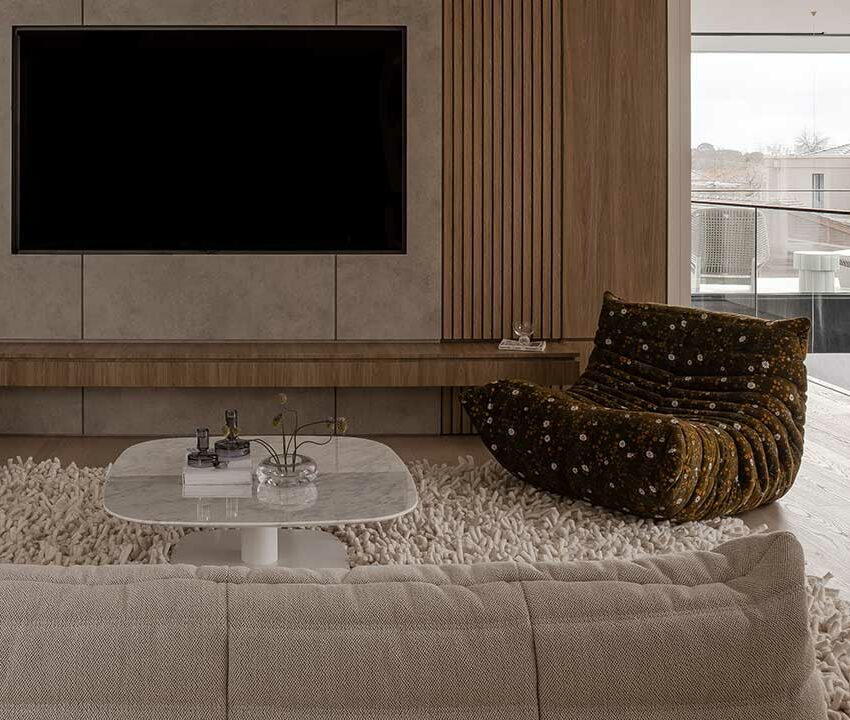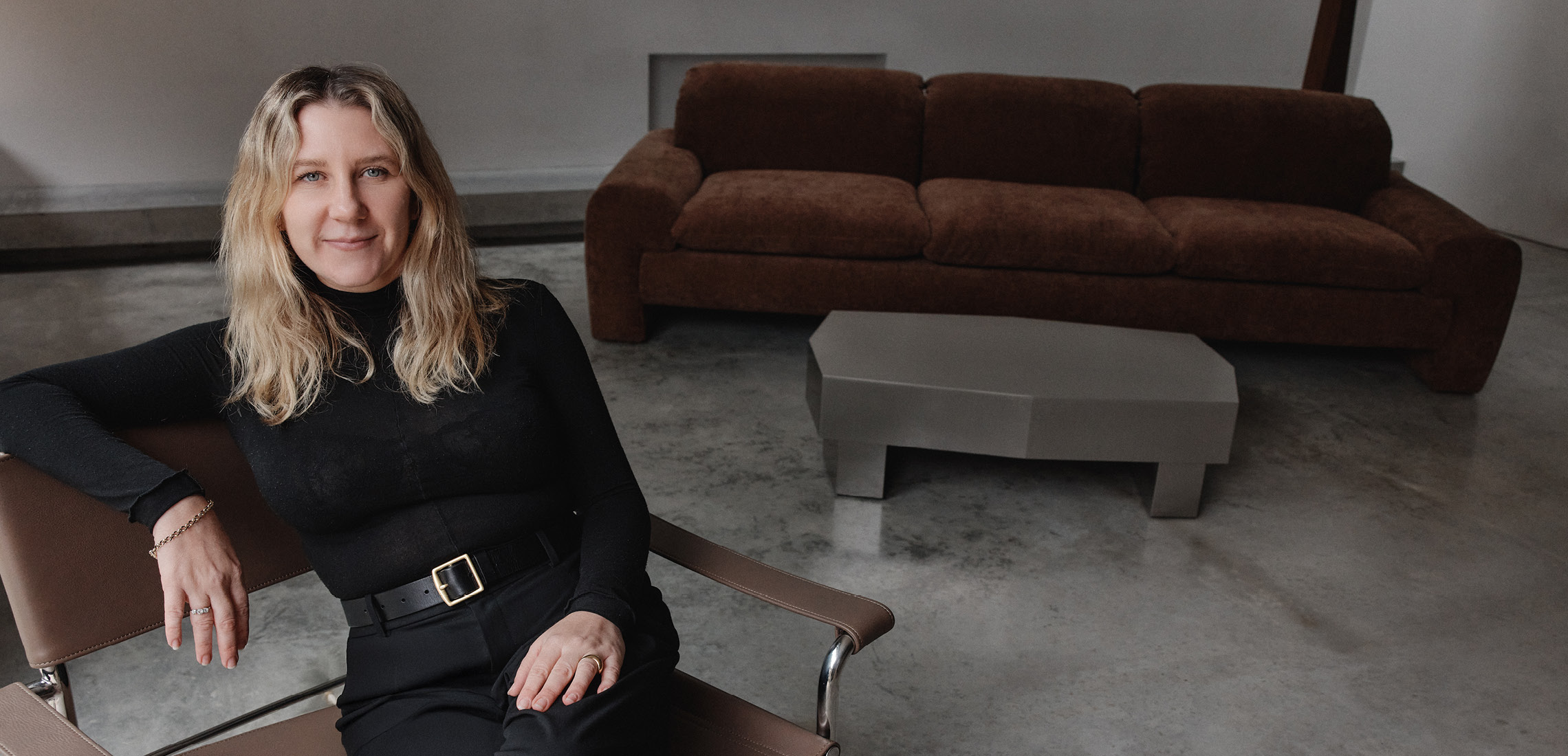
Why McMullin’s New Collection Will Make You Rethink Minimalism
Minimalism, made meaningful.
What happens when a design studio wipes the slate clean? A year ago, McMullin — founded by Alice McMullin — rebranded with quiet confidence. No dramatic overhaul, just a considered shift towards clarity: in values, in materials, and in intention. The studio stepped away from trend-led styling and into something deeper — slower, more tactile, and timeless by design. Their latest collection, HAKUSHO, captures this evolution perfectly.
Rooted in brutalist minimalism but grounded in warmth, HAKUSHO isn’t about aesthetics for aesthetics’ sake. It’s about space — both physical and emotional. With brushed steel, dry ceramics, and heavyweight linens leading the narrative, the collection invites us to pause, strip back, and start again. We sat down with Alice McMullin to unpack the rebrand, the creative process behind HAKUSHO, and why more people are craving design that creates room to breathe.
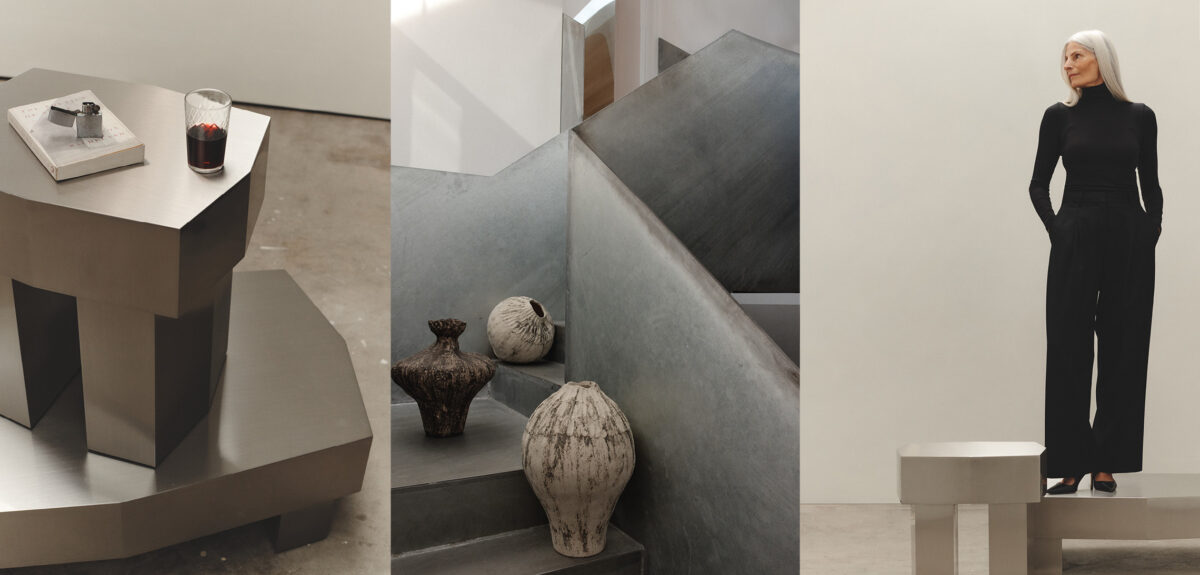
It’s been a year since Style last spoke with you, back when the brand was still McMullin & Co. Since then, you’ve rebranded and grown in so many ways. How would you describe this evolution, both visually and creatively?
I appreciate you saying that. The rebrand was a real shift for us, not in what we do, but in how confidently we now back our choices. It gave us the space to be clearer about our values, slowing down, working with great materials, focusing on how something’s made and how it will actually live in a space. It’s less about chasing trends now and more about doing things on our own terms, with pieces that are designed to last and feel right over time.
When we spoke last time, PIHA had just launched — it was earthy and grounded. Your new collection, HAKUSHO, feels like a bold departure, but still so distinctly McMullin. Can you talk us through the concept behind it?
PIHA was all about texture and connection to landscape… HAKUSHO came from a different place. The name means “white paper,” and that idea of starting from zero really shaped the collection. We focused on material, weight and silhouette… brushed steel, white linens, dry ceramics, tonal fabrics… all reduced to what felt essential.
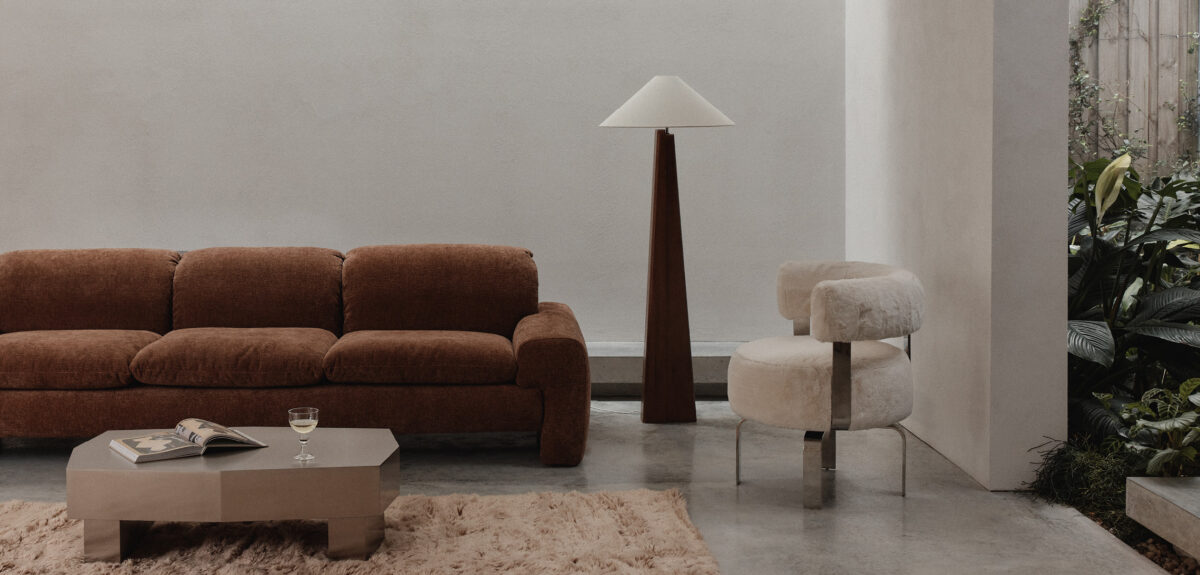
How early did the vision for HAKUSHO begin? What does your process typically look like, from that first spark of inspiration to the final product?
HAKUSHO was the first time we really started with the raw materials themselves… steel, ceramic, stone, heavy linen, rather than beginning with a mood or a reference. It was a different approach for us, and a more disciplined one, where we spent a lot of time just handling the materials, understanding their weight, their texture, how they’d sit in a space and interact with light. That became the foundation for every piece… letting the material lead, rather than forcing it into a shape too early.
From bolsters to ceramics to stainless steel statement tables, HAKUSHO spans such a considered mix of materials. The name translates to ‘a blank document’ or the purity of a fresh start. What does that sentiment mean to you personally?
For me, HAKUSHO really speaks to the idea of starting from zero… a clear space where we could let each material speak for itself. That’s why the collection moves between soft upholstery, raw ceramics, and sharp steel, and it wasn’t about creating one unified look, but giving each material its own moment… I’m sure everyone can appreciate the feeling of a blank piece of paper that is full of possibility, and that’s how this collection felt to create.
There’s a strong brutalist minimalism to this collection that still feels warm and inviting. Why do you think this aesthetic is resonating so much with people right now?
Life feels busy and full a lot of the time, and I’m always trying to create more space at home … putting things away, stripping things back. That’s really where HAKUSHO came from. It’s about choosing less, but choosing well. I find brutalism comforting in that way.
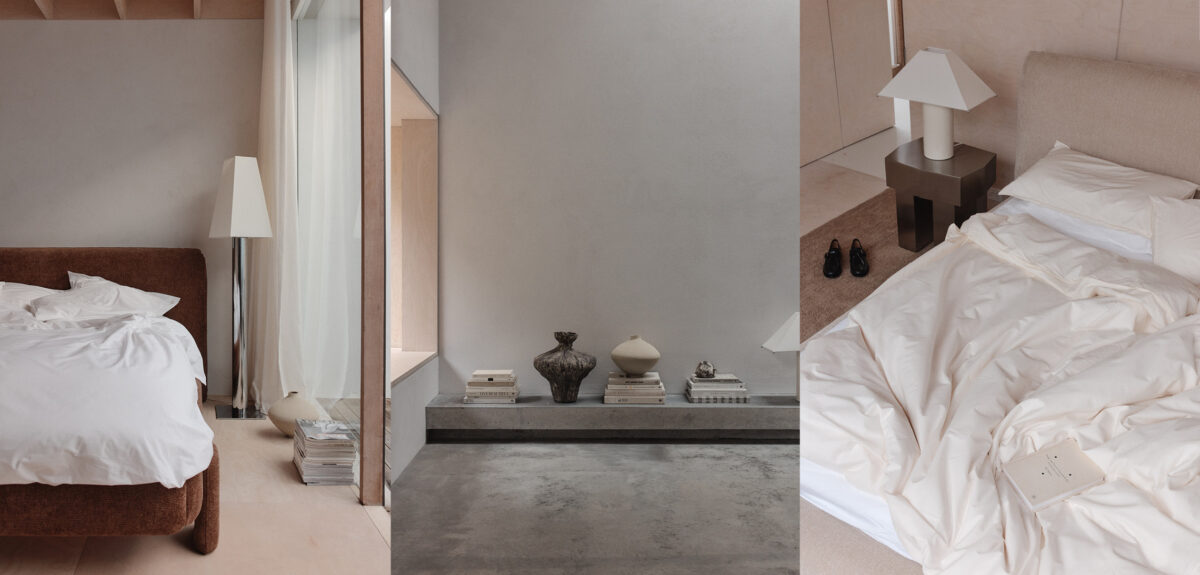
New pieces keep being added to the collection, how do you keep that creativity flowing? Where are you drawing inspiration from at the moment?
What’s missing or what could be simpler… and that’s usually where a new piece starts. But it’s never just me as our team brings so much to the process, and we all draw inspiration from different places… travel, fashion, architecture, art. Lately we’ve been really drawn to cities like Berlin, Copenhagen and Tokyo.
You work with such a diverse mix of materials and forms, where do you typically source your fabrics and finishes?
We work with materials we trust and makers who really understand them. A lot of them we’ve been working with for years, and there’s a shared respect for craft and process that’s become a big part of how we work. Our ceramics are made in small batches, the steel is fabricated to order, and the textiles are chosen as much for how they feel as how they look.
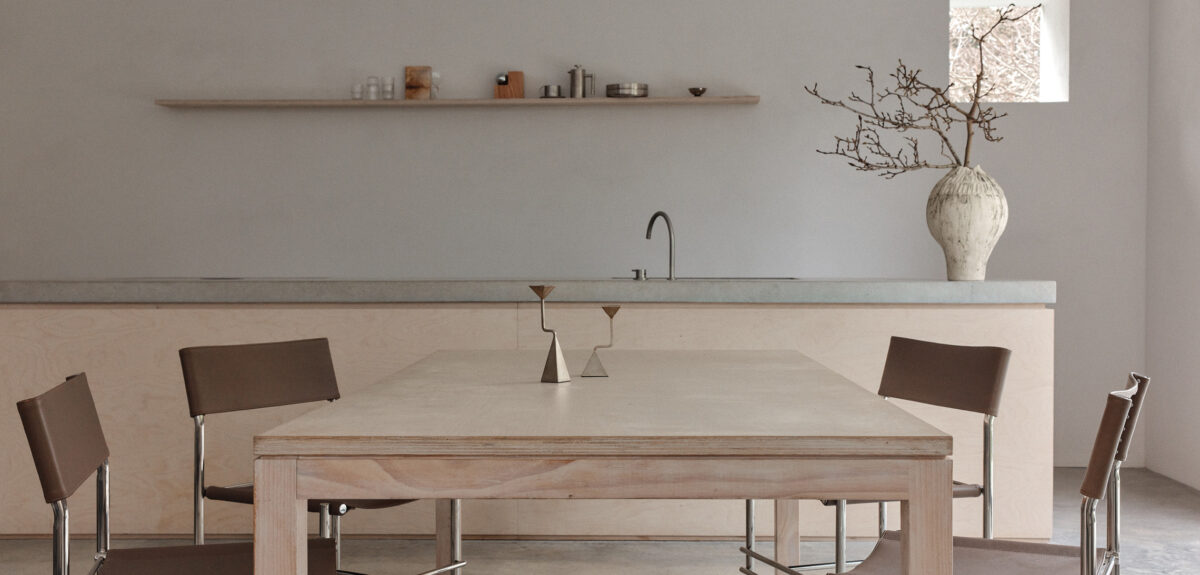
Hot Takes
Current design crush?
Frama.
Favourite piece in your home right now?
My Rocco Coffee Table.
A colour you’re obsessing over?
Brown, it’s forever my favourite colour.
What’s playing in the studio?
Under The Magnolia Tree Song by Pale Jay.
Go-to uniform?
Anything Camilla & Marc.
Dream city to design a space in?
Copenhagen or Tokyo.
Favourite time of day?
Early evening. The light gets long and everything softens.
What’s inspiring you outside of design right now?
I’m excited to be launching a new event and community-based project that brings together like minds. Watch this space.


